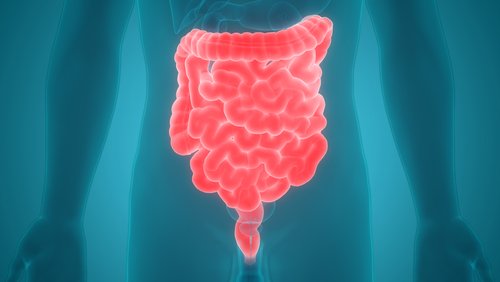Bacteria and fungi appear to work together to exacerbate certain symptoms of inflammatory bowel disease (IBD), including Crohn’s disease, a new review highlights.
The study, “The mycobiome: Role in health and disease, and as a potential probiotic target in gastrointestinal disease,” was published in Digestive and Liver Disease.
Most studies that have investigated the role of the gut microbiome in relation to IBD have only focused on bacteria, not fungus, overlooking a key organism of the gut. Recently, researchers at Case Western Reserve University showed in a study that there is a positive correlation between levels of pathogenic fungi and bacteria in Crohn’s disease.
They demonstrated that levels of the bacteria Escherichia coli and Serratia marcescens, as well as the fungus Candida tropicalis, are elevated in Crohn’s patients, compared to their healthy relatives without Crohn’s.
For organisms to survive within a particular physical location such as the gut, members of the microbiome have to work together to create a biofilm habitat in which they are capable of living.
The biofilm plays a major role in maintaining stability and cooperation between the diverse microbiome population, and allows for the successful survival of various competing microorganisms. The biofilm also protects microorganisms against antimicrobial therapies.
After determining that certain bacteria and fungi are elevated in Crohn’s disease, researchers investigated the interaction between these three organisms and demonstrated that they work together to form a large and robust biofilm that is able to activate the host immune response and cause inflammation.
This has led researchers to demonstrate a possible role for these organisms in inflammation, particularly in the case of IBD.
The current primary method of treating IBD is monoclonal antibodies, laboratory-made proteins that can bind to substances in the body. This approach may be successful at treating the disease, but can cause patients to develop harmful secondary infections.
As the review study shows, certain fungi and bacteria come together in a clever manner to develop these pathogenic biofilms that can cause an inflammatory response, and antifungal medications and antibiotics may potentially be used to treat IBD patients.
The authors of the review suggest this could lay the groundwork for new research into probiotic development that can be used to disrupt biofilm formation and eventually help end intestinal inflammation.
“Efforts directed at development of new probiotics should take into consideration the recent findings showing that both bacteria and fungi are implicated in IBD,” the authors concluded.
“These studies clearly demonstrate that mycobiome/bacteriome interactions play an important role in the perpetuation of GI inflammation. Not only have we shown that fungi are important for overall GI tract health, we have also shown that overgrowth of the fungus due to imbalance has deleterious effects on the gastric mucosa,” they wrote.
“Introducing an antifungal to eliminate this overgrowth, followed by administration of a probiotic containing both good bacteria and good fungus to restore the balance of beneficial organisms, could be a promising new approach to treat IBD.”

